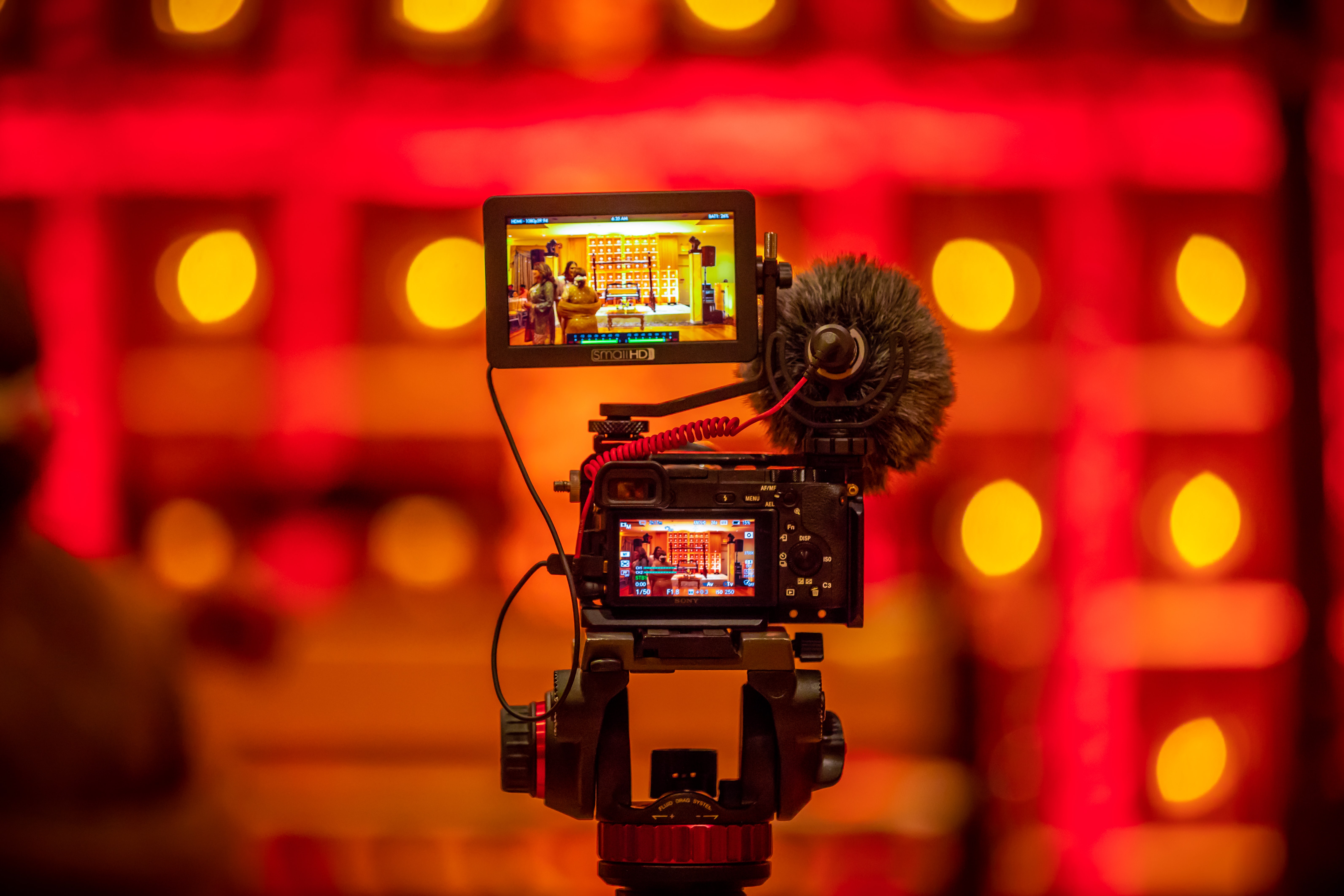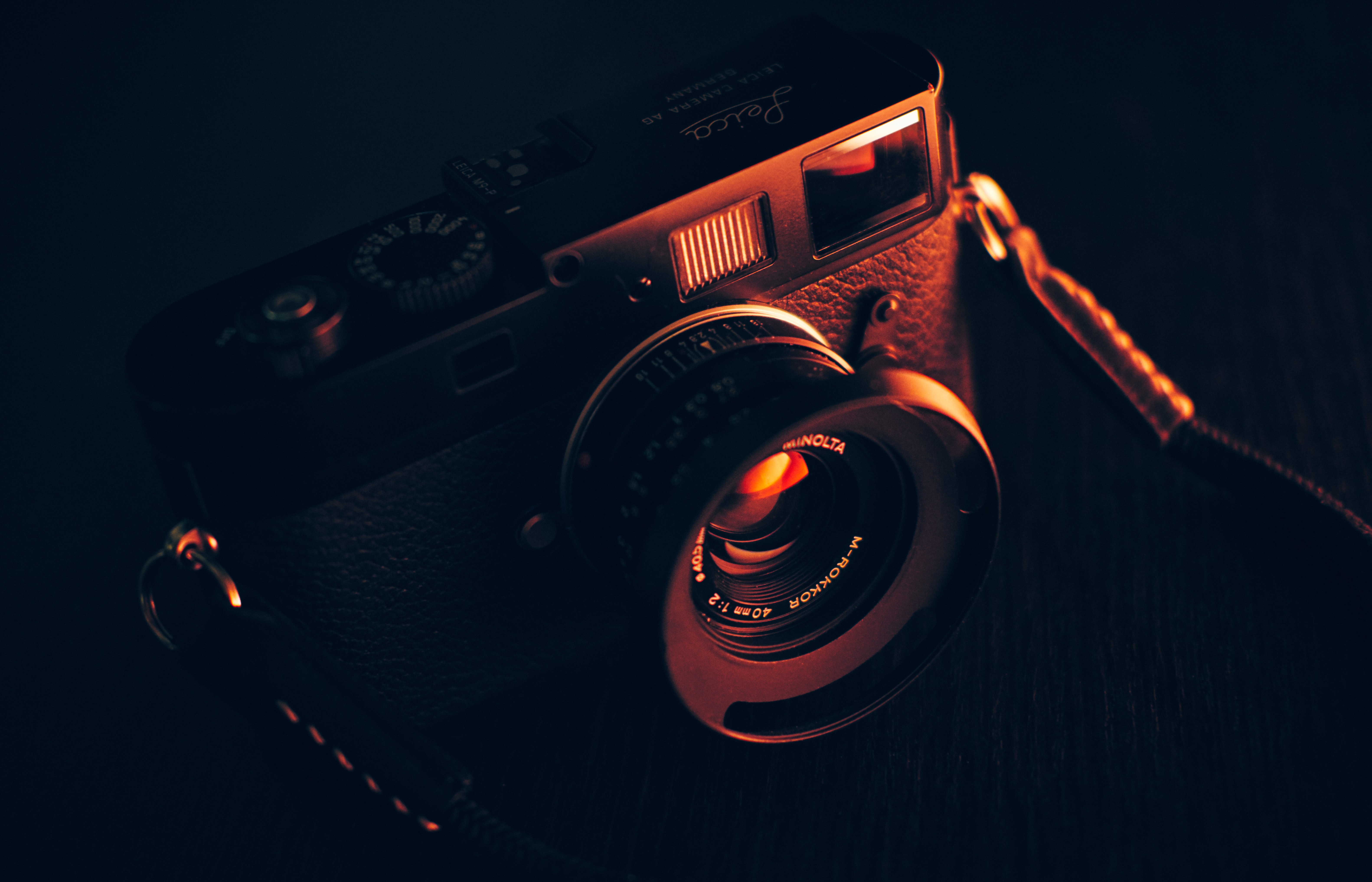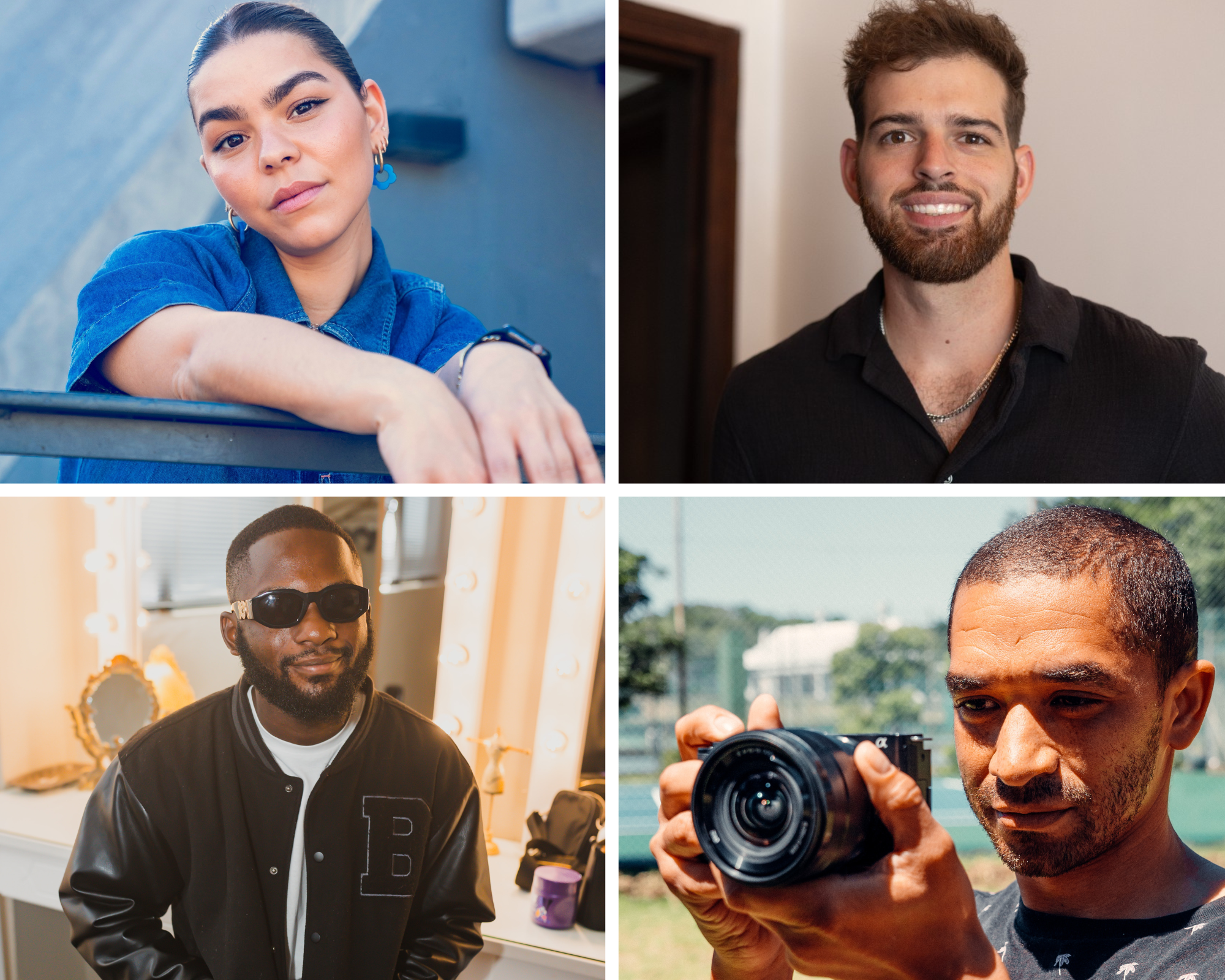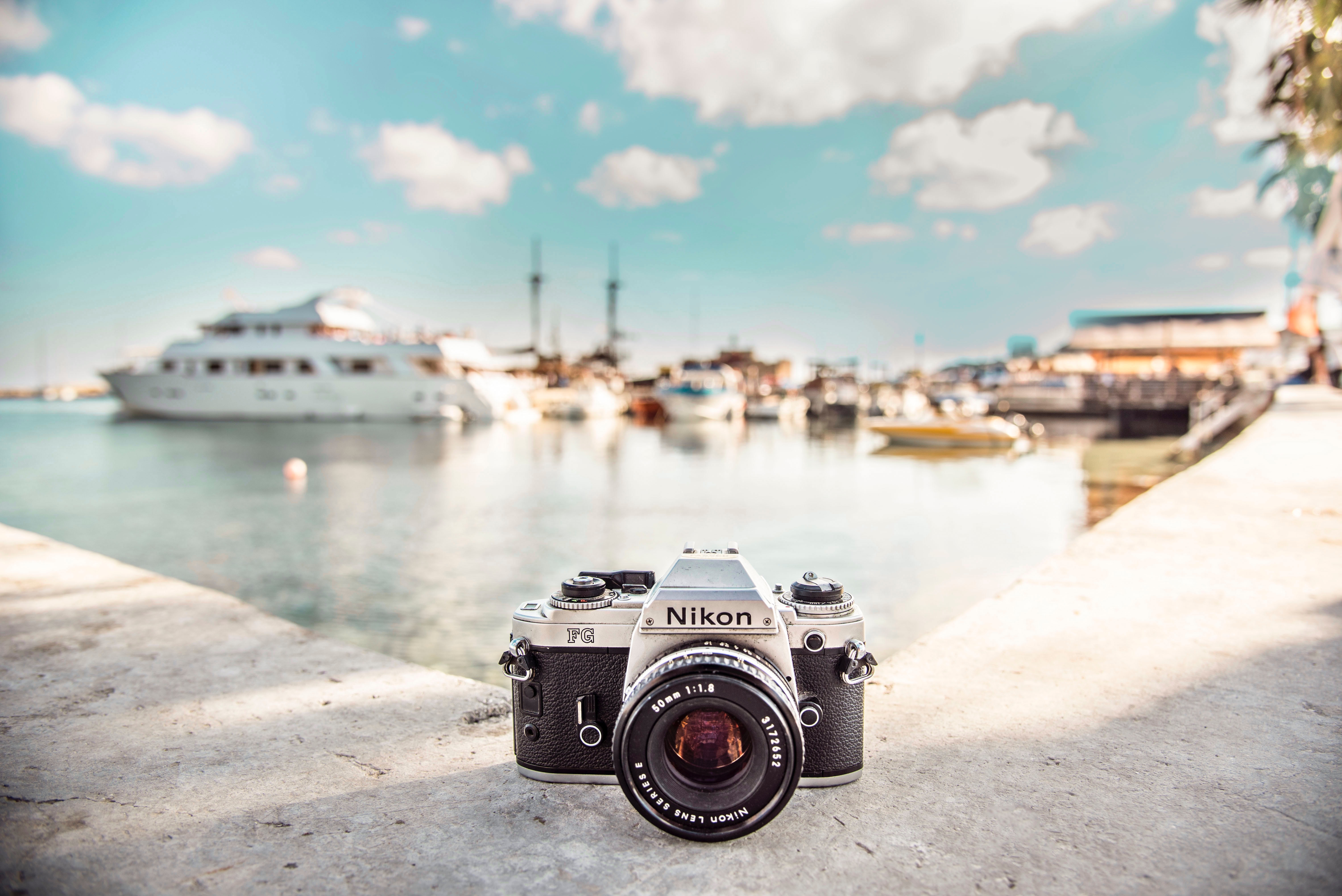Being a creator in the industry today means one has to be well-versed in all mediums of creation. You can no longer just be a photographer or videographer. To flourish in the industry, you have to be a videographer, photographer, editor, set designer and more. With the rise in popularity of video content creation, thanks to platforms like YouTube and TikTok, the need for versatile creators armed with versatile hybrid cameras has dramatically increased.
Industry Influence
The relationship between content creation and technological advancements often goes hand-in-hand. In the early 2000s, with the rise of YouTube, more and more people turned to vlogging as a creative outlet. YouTube vloggers were all the rage, with creators making millions off the platform. During this time, camera brands started introducing the concept of hybrid cameras to keep up with the demand. Because, at one point, everyone wanted to be a YouTuber.
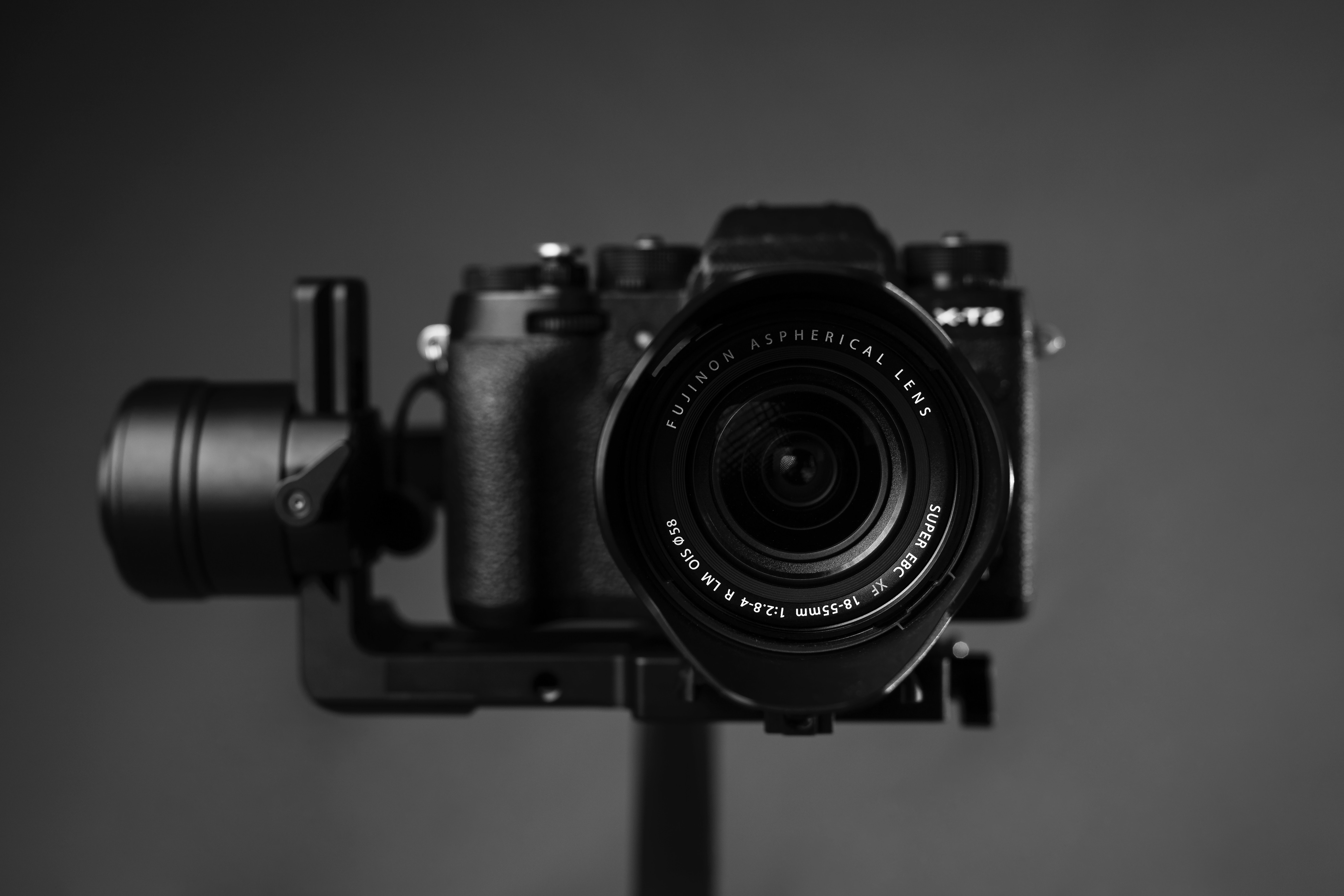
Hybrid cameras are great for the industry as these cameras equip creators with the tools to explore both worlds of photography and videography freely without investing in multiple devices. Before, to create video and photographic content, you’d have to lug around heavy equipment, set up multiple devices, and be in two places at once to capture beautiful images and record excellent footage.
Instagram’s Influence On Photography
After a while, the YouTube boom took a dip, and the Instagram phenomenon exploded. With this, we saw creatives eagerly migrate back to photography. Photography was explored in new and beautiful ways. People who were never interested in the medium before were mesmerised by the curated feeds and the alluring aesthetics. Thanks to the platform, many photographers’ careers were launched into the stratosphere.
While all this was happening, technology continued to advance alongside the needs of audiences and creators. New apps and social media platforms came and went. Still, at the time, creators either considered themselves photographers or videographers. Only a small group within the landscape of creatives considered themselves hybrid content creators.
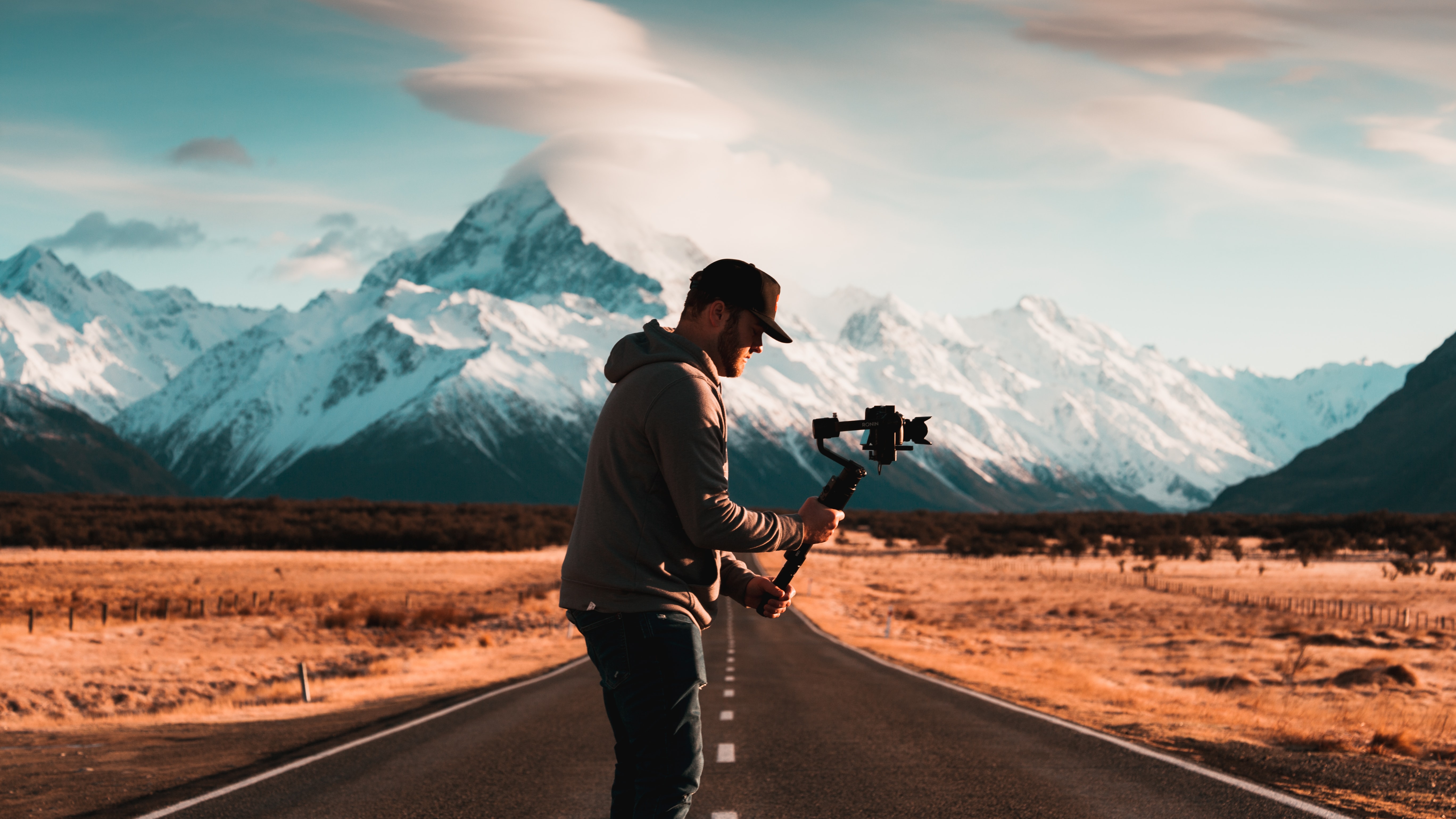
Instagram enjoyed a long reign as the number one social media platform. It gave rise to the concept of Influencers. These creators garnered large followings due to their engaging content and aesthetically pleasing timelines. Instagram became such a heavy hitter that, for a while, it appeared that no one could take on this industry giant. Then the 2020 Covid-19 pandemic struck, and the world paused. Creators could no longer dine at gorgeous restaurants and photograph their mouth-watering meals. Travelling the world and doing acrobats on historical monuments all for the ‘Gram was a thing of the past. The public was confined to their homes and had to find ways to express their creativity within four walls.
The Rise of Short-Form Videos
And in stepped TikTok. TikTok was a window into the world out there. The app made people feel less alone during one of the loneliest periods in recent history. Dedicated photographers explored and experimented more and more with their camera’s video features. They documented their daily lives under lockdown, from banana bread-making and TikTok dancing to make-up tutorials and more. The app made people fall in love with the art of videography again. Over time, videos, especially short-form videos, began infiltrating the industry. The short-form videos could engage audiences and hold their attention in a world where people’s attention spans were reducing by the day.

Businesses and brands steadily caught onto these trends and began incorporating these short-form videos into their marketing and advertising strategies. Today you’ll find major brands like Duolingo, GymShark, National Geographic and Orms all using short-form videos to engage with audiences and appeal to new markets. Beyond trying to sell things, apps like TikTok and Instagram Reels give businesses the opportunity to give customers a behind-the-scenes look at company life, create a personal and relatable brand relationship with customers and give audiences content that they want to see.
With the rise in popularity of short-form videos and the holding power of stunning visual imagery, we’ve seen the industry migrate to hybrid cameras once again. Technology has advanced, and cameras have become sharper and faster; they’ve enabled creatives to produce stellar work in photography and videography all on one device. With the advancement of camera technology, the industry has evolved, expecting creators to ultimately be a jack of all trades. To survive in the industry today and be the creative on everyone’s lips and campaigns, you might want to consider investing in the latest hybrid camera.
